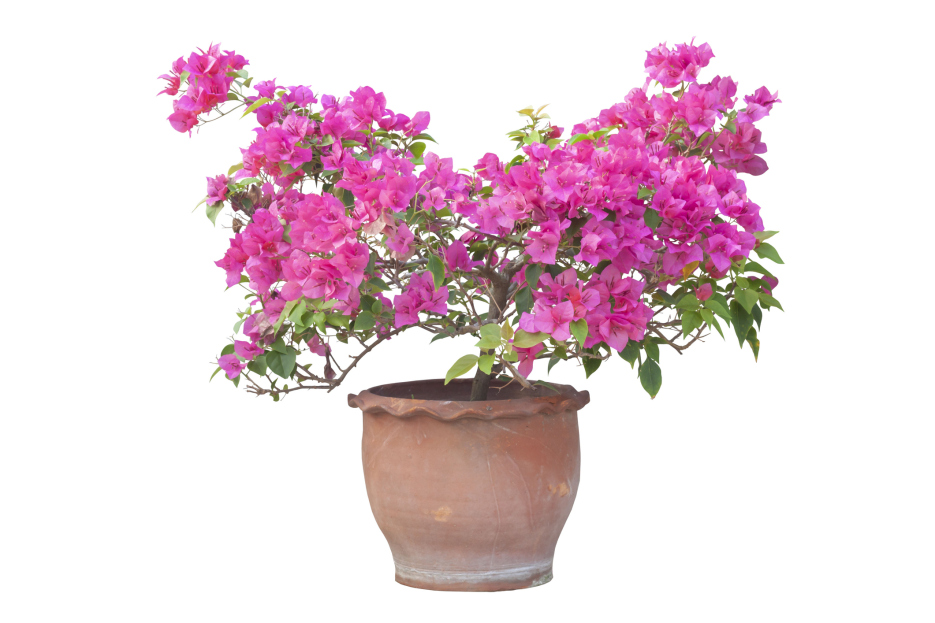
Few plants bring drama and color like Bougainvillea. With its vivid, papery bracts in shades of magenta, orange, purple, white, or red, this climbing tropical plant makes a statement wherever it grows—whether sprawling up a trellis, cascading over a balcony, or spilling out of a container.
Native to South America, Bougainvillea is a vigorous, sun-loving plant that thrives in hot, dry climates and rewards minimal care with maximum color. While the true flowers are small and white, they’re surrounded by brilliant bracts that bloom prolifically from spring through fall.
Here’s everything you need to know to keep your Bougainvillea blooming strong and thriving:
Bougainvillea loves the sun—the more the better. It needs at least 6 hours of full sun daily to bloom properly. Without enough light, the plant may grow foliage but produce few or no flowers.
Choose the sunniest spot you have, whether it’s a garden bed, wall, trellis, or bright balcony.
This plant prefers dry conditions over wet ones. Water deeply but infrequently—allowing the soil to completely dry out between waterings. Overwatering is the most common cause of failure with Bougainvillea and can lead to root rot or lack of blooms.
In containers, be sure the pot has good drainage and don’t let the plant sit in water.
Bougainvillea thrives in well-draining, slightly acidic soil. Sandy or loamy soils are ideal. If growing in containers, use a cactus or succulent mix or a regular potting mix amended with sand or perlite for better drainage.
Avoid rich, heavy soils—they retain too much moisture and encourage leaf growth over blooms.
Feed your Bougainvillea once a month during the growing season with a balanced or low-nitrogen fertilizer (look for formulas labeled for flowering plants). Too much nitrogen will result in lush green leaves but fewer flowers.
For container plants, you may need to feed more frequently, especially if using a liquid fertilizer.
Bougainvillea thrives in warm, dry climates and is hardy in USDA zones 9–11. It prefers daytime temperatures above 70°F (21°C) and nighttime temps above 50°F (10°C). It does not tolerate frost—so in colder zones, bring containers indoors or treat it as an annual.
In tropical and subtropical regions, Bougainvillea can bloom nearly year-round.
Prune Bougainvillea regularly to maintain its shape, encourage bushier growth, and promote more blooms. After a flush of flowers, give it a light trim to stimulate new growth and bracts. Hard pruning can be done in late winter or early spring.
Be careful—Bougainvillea has thorns, so wear gloves when pruning.
Bougainvillea is a natural climber and loves to sprawl. Provide a trellis, fence, or arbor to help it grow vertically. You can also train it as a bush, tree, or even bonsai with regular pruning and shaping.
In containers, it trails beautifully, making it perfect for hanging baskets or balcony planters.
Bougainvillea is generally low-maintenance and pest-resistant, but may occasionally attract aphids, caterpillars, or spider mites. Neem oil or insecticidal soap can help control infestations.
Fungal problems usually occur in poor drainage or overly humid conditions. Avoid overhead watering and ensure good airflow around the plant.
Bougainvillea is not considered highly toxic, but the sap and thorns can be mildly irritating to pets and humans if ingested or touched. Keep it out of reach of curious pets and always handle with gloves.